Top 10 Protein FoodsProteins are made up of different amino acids, which are the building blocks of protein. These amino acids are what the body uses for a variety of functions, ranging from the formation of specific hormones to the construction of specific proteins within the body. As a result, when the body digests the whole protein found in a juicy hamburger or a hearty lentil soup, the amino acids that comprise that protein are absorbed and used by cells for a variety of functions. When most people think of protein, they think of bodybuilders trying to sculpt the perfect muscles. But protein is much more than a weightlifter's best friend. Protein, or the amino acids that make up protein, plays a variety of important roles in the body, including:
While protein is an important nutrient to consume, that doesn't mean you should consume copious amounts of it every day. The amount of protein you require is determined by several factors, including your weight, age, gender, and health status. In general, most healthy adults require 0.8 gram of protein per kilogramme of body weight. This equates to 55 grammes per day for an average-weight sedentary man and 45 grammes per day for an average-weight sedentary woman. If you are extremely physically active, pregnant or lactating, or recovering from certain injuries or surgeries, you may need to increase your protein intake. Protein can be found in a variety of foods that you are probably already eating. While this macronutrient can be found in smaller amounts in foods like vegetables and rice, there are other foods that are serious protein providers and can fuel your body with this key nutrient when included in an overall healthy diet. Here are 10 of the best protein-containing foods for you to enjoy to help you narrow down your food options. 1. Lean beef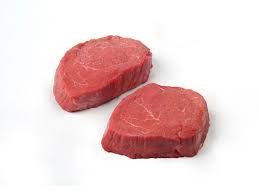
93% Lean ground beef contains 22 grammes of protein per 3-ounce serving. Beef not only provides your body with high-quality protein, but it also provides key nutrients such as zinc (which aids in immunity) and iron. Try a Skillet Steak with Mushroom Sauce or a hearty Slow-Cooker Beef Stew for a satisfying beef dish. 2. Chicken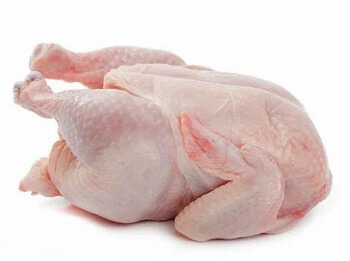
Skinless chicken breast contains 27 grams of protein per 3-ounce serving. Chicken packs a protein punch as a versatile dinner staple that many people use. A simple Baked Lemon Pepper Chicken or Creamy Parmesan Garlic Mushroom Chicken recipe that includes this important nutrient in a delicious way is an easy weeknight dinner. Chicken is an excellent substitute for red meats. The lean protein in chicken is an excellent source of amino acids. Our bodies use amino acids to build muscle tissue, which is especially important as we age. Increased protein consumption has also been shown in studies to help maintain bone mineral density. Eating chicken can help to build stronger muscles and promote healthier bones, lowering the risk of injuries and diseases like osteoporosis. The amino acid tryptophan found in chicken has been linked to higher levels of serotonin (the "feel good" hormone) in our brains. The tryptophan levels in the chicken aren't high enough to make you feel euphoric right away, but studies show that when combined with other factors, it can help boost serotonin levels. 3. Salmon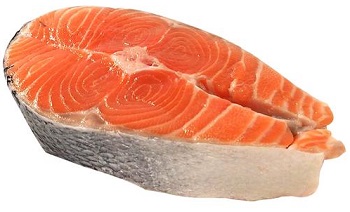
It provides 19 g of protein (3-ounce serving). Salmon is well-known for its heart-healthy fats, but it also contains a significant amount of protein. Consuming fish at least twice a week diversifies your weekly protein rotation. Canned wild salmon is high in vitamin D and calcium, two essential nutrients for bone health. While farmed salmon contains some vitamin D, the amount varies depending on the type of feed used. 4. Egg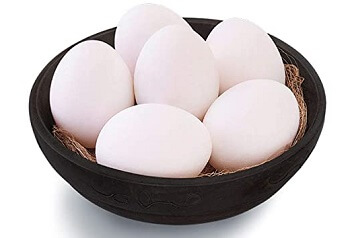
Eating eggs is an easy way to get some high-quality protein. You can eat them scrambled or hard-boiled, or use them in dishes such as Spanish Eggs and Egg Salad. More egg aspirations can be found in our egg recipes. Eggs are high in protein and contain a variety of nutrients. When scrambled, hard-boiled, or fried, one large egg provides about 6 g of protein. Despite the high cholesterol content of the yolks, eating one egg per day can be part of a healthy diet.
5. Peanut Butter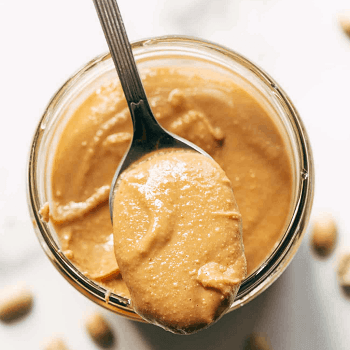
It provides 7 g of protein in 2 tablespoons. Natural peanut butter is a popular plant-based protein source. You can enjoy it in a classic peanut butter and jelly sandwich, as an ingredient in a Peanut Dressing, or make some Peanut Butter Energy Balls for a quick snack on the go. Protein levels in other nuts and seed butter are significantly compared. When consumed as part of a well-balanced diet, peanut butter can be a healthy option. It contains a variety of nutrients, including protein and magnesium, which may help protect the heart and regulate blood sugar and body weight. Consuming too much peanut butter, on the other hand, can increase a person's daily intake of saturated fat, sodium, and calories. 6. Pasta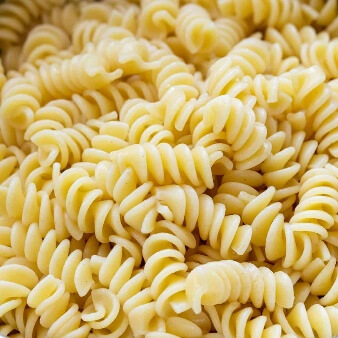
Pasta provides 8g protein (1 cup cooked). Although pasta is commonly thought of as a carbohydrate source, a 2-ounce serving of classic semolina pasta contains nearly as much protein as one large egg! For even more protein per bite, serve your pasta with Quick Meat Sauce or Italian Sausage & Kale Pasta. Pasta, and not just egg or whole wheat pasta, can be a great source of protein in the diet. High protein pasta, made with red lentils or edamame beans, has twice or even triple the protein content of regular pasta, making it ideal for gym-goers, weightlifters, vegetarians, or vegans. In comparison to other common carbs, this is a high level of protein - white rice, for example, has only 4 grammes of protein per cup, and potatoes have as little as 1 gramme of protein per cup. Regular pasta does not have as much protein as traditional protein sources such as meat (chicken has 31 grammes of protein per cup) or vegetable protein sources such as beans. 7. Cottage Cheese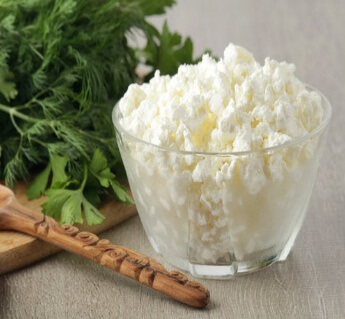
Cottage Cheese contains 12 g protein in half-cup serving. Creamy cottage cheese is a natural source of protein that is simple to incorporate into a healthy diet. And using it in recipes like Creamy Spinach Dip and Florentine Lasagna roll-ups keeps the protein content high without adding any meat. 8. Lentils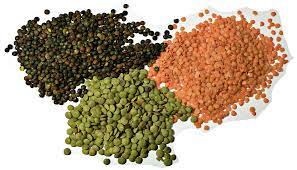
One cup cooked Lentils contain 18 g of protein. Turn to hearty lentils for the ultimate plant-based protein. They are high in this key macronutrient as well as antioxidants, fibre, vitamins, and minerals. Lentils can be a delicious way to get protein into your diet, whether you make a cosy Vegan Lentil Soup or a Lentil Bowl with Fried Eggs and Greens. 9. Meat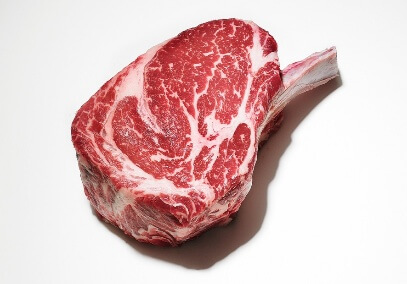
Protein is abundant in meats other than poultry, such as beef, pork, and lamb. They may, however, be high in fat. Choose leaner cuts of meat or trim any visible fat for a high-protein, low-fat meat option. The protein content of ground beef (93% lean meat) and roasted ham ranges from 26 to 29.4 g per 100 g. While processed meats are high in protein, they can also be low in quality. The protein content of Frankfurter hot dogs is approximately 7 g per hot dog or 57 g per serving. Three pork links have approximately 8 g of protein. Two fried bacon slices contain about 5 g of protein. 10. Soybean and other legumes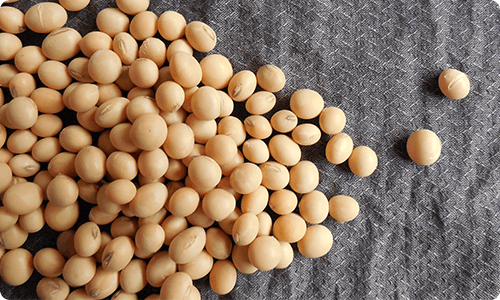
Soybeans receive the highest possible protein quality rating from the Food and Drug Administration (FDA) and the World Health Organization (WHO). Cooked soybeans contain up to 14 g of protein per half-cup serving. Fresh and dried beans, peas, lentils, chickpeas, and peanuts are examples of legumes. Protein sources in a 100 g portion include:
SummaryProtein is an essential nutrient for the body's health due to the amino acids it contains. These amino acids help with tissue formation and repair, energy, oxygenation, and hormone and enzyme regulation. High-protein foods can help you meet your daily protein needs. These requirements vary depending on your weight, health, age, and other factors. Fish, lean meats, dairy products, legumes, seeds, nuts, and eggs are excellent sources of protein.
Next TopicTop 10 IDEs for Programmers
|
 For Videos Join Our Youtube Channel: Join Now
For Videos Join Our Youtube Channel: Join Now
Feedback
- Send your Feedback to [email protected]
Help Others, Please Share









